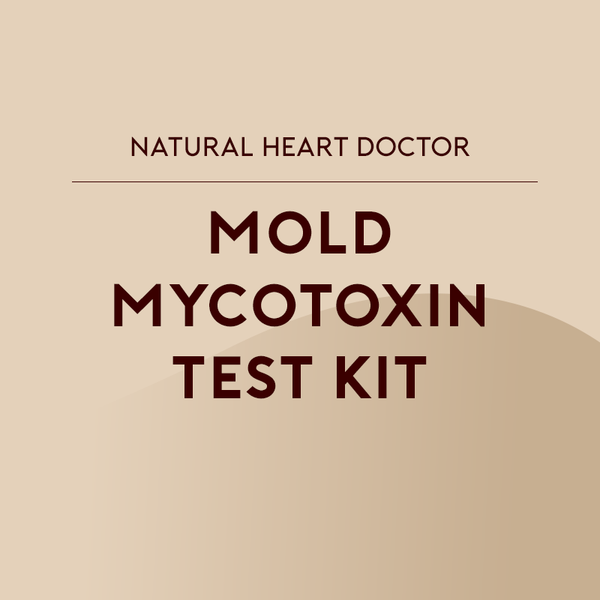Choosing the Right Mycotoxin testing Services for Your Service
Choosing the Right Mycotoxin testing Services for Your Service
Blog Article
Why Mycotoxin Testing Providers Are Important for Protecting Public Health
The relevance of mycotoxin screening services in guarding public health can not be overstated. Mycotoxins, toxic substances produced by fungis, pose major health and wellness dangers such as liver damage and cancer when existing in food and feed. By determining and alleviating these dangers through normal testing, we can prevent polluted items from reaching consumers. This not only makes sure compliance with strict regulative requirements but additionally strengthens customer self-confidence and keeps the integrity of the farming sector. Comprehending the systems and benefits of these testing services opens an important discussion regarding their duty in public health and wellness protection.
Understanding Mycotoxins
Comprehending mycotoxins is critical for making sure food safety and security and securing public wellness. Mycotoxins are harmful compounds generated by certain types of fungi, typically discovered in food and feed crops.
The presence of mycotoxins in foods items can compromise their security and top quality. They are immune to traditional food handling strategies, thus continuing the food supply chain and posing potential risks. Regulative bodies worldwide, such as the Food and Farming Company (FAO) and the Globe Health And Wellness Organization (THAT), have actually set stringent limits on appropriate degrees of mycotoxins in food products to alleviate their damaging impacts.
Efficient mycotoxin management entails detailed tracking and testing to detect and measure their degrees in farming products. This proactive approach assists in recognizing contaminated batches early, consequently stopping their introduction into the market. Applying stringent mycotoxin controls is crucial for preserving food safety standards and protecting consumer health.
Health And Wellness Dangers of Mycotoxins

Exposure to mycotoxins presents significant health and wellness threats to both animals and humans, necessitating watchful surveillance and control procedures. These hazardous additional metabolites, created by particular fungi, can contaminate food and feed, causing chronic and acute health and wellness issues. In humans, mycotoxins such as fumonisins, ochratoxins, and aflatoxins can trigger a range of unfavorable impacts, including liver damage, kidney poisoning, immune suppression, and also carcinogenic impacts. As an example, aflatoxins have actually been identified as Team 1 carcinogens by the International Company for Study on Cancer (IARC), showing a tried and tested web link to liver cancer.

Given these severe health and wellness consequences, it is critical to implement durable mycotoxin screening methods. Exact detection and metrology of mycotoxins in food and feed are important to alleviate health threats and ensure public and animal safety.
Usual Sources of Contamination

Along with grains, nuts such as peanuts, pistachios, and almonds are highly prone to mycotoxin contamination. Aflatoxins, a powerful form of mycotoxin, are generally found in these nuts, especially when storage conditions are suboptimal. Dried out fruits, consisting of apricots, raisins, and figs, also existing productive premises for fungal growth as a result of their high sugar content and moisture-retaining buildings.
Additionally, contamination is not limited to raw agricultural items. Processed foods, pet feeds, and milk products can also consist of mycotoxins if the initial ingredients were polluted. This expands the risk of direct additional hints exposure throughout the food supply chain, necessitating stringent surveillance and control steps.
Comprehending the common sources of mycotoxin contamination is essential for applying efficient preventative techniques. Mitigating these dangers at the resource can dramatically decrease the incidence of mycotoxin-related wellness issues, safeguarding public health.
Checking Approaches and Procedures
Efficient mycotoxin monitoring depends upon the precision and dependability of testing methods and protocols. Advanced logical methods are utilized to discover and quantify mycotoxins in numerous substrates, ensuring public health and wellness security. High-Performance Liquid Chromatography (HPLC) paired with mass spectrometry (MS) is a gold standard in mycotoxin screening, providing high sensitivity and specificity. This approach permits the exact detection of numerous mycotoxins in complex matrices, such as food and feed products.
Another commonly utilized technique is Enzyme-Linked Immunosorbent Assay (ELISA), which provides rapid screening and is cost-effective for huge sample volumes - Mycotoxin testing Services. ELISA packages are useful because of their simplicity of usage and quick turnaround time, making them suitable for on-site screening
Sampling protocols are just as important. Proper sampling ensures that the collected specimens are representative of the entire set, therefore minimizing the risk of incorrect downsides or positives. Adherence to established guidelines, such as those provided by the International Organization for Standardization (ISO) and the European Board for Standardization (CEN), is necessary for keeping consistency and dependability throughout testing techniques.
Rigorous validation of these protocols and approaches is essential. It ensures reproducibility and accuracy, thus fortifying the integrity of mycotoxin administration systems.

Advantages of Routine Evaluating
In the realm of food security and agricultural quality assurance, the benefits of regular mycotoxin testing can not be overemphasized. Consistent screening makes certain that farming items meet safety and security requirements, thus safeguarding consumers from the unsafe impacts of mycotoxins, that include liver damage, immune suppression, and even cancer cells. By determining infected sets early, normal screening allows Discover More Here for prompt intervention, stopping such items from entering the food chain.
In addition, normal mycotoxin testing is crucial for maintaining the stability and reputation of food manufacturers and distributors. Firms that dedicate to routine screening show their devotion to public health and wellness and food safety and security, thus obtaining customer trust and commitment. This positive technique can likewise alleviate financial losses connected with product recalls, lawful obligations, and possible trade restrictions.
Routine mycotoxin testing makes certain adherence to global and national guidelines, facilitating smooth profession operations and market accessibility. Ultimately, normal mycotoxin testing not just secures public health and wellness but additionally strengthens the financial security and global competitiveness of the farming market.
Conclusion
Mycotoxin testing services play an essential duty in public health and wellness defense by identifying and reducing the dangers positioned the original source by toxic fungal substances in food and feed. By finding contamination early, these solutions prevent major wellness issues such as liver damage and cancer cells, making sure conformity with regulatory criteria. Routine testing boosts consumer trust fund, sustains the integrity of the agricultural field, and ultimately adds to the guarding of food safety and public wellness.
The value of mycotoxin testing solutions in safeguarding public wellness can not be overemphasized.Understanding mycotoxins is essential for making sure food safety and shielding public wellness. Mycotoxin testing Services. Regulatory bodies worldwide, such as the Food and Farming Company (FAO) and the Globe Wellness Company (WHO), have established stringent limits on acceptable levels of mycotoxins in food products to minimize their unfavorable effects
Inevitably, regular mycotoxin testing not only protects public wellness yet likewise strengthens the economic security and international competitiveness of the farming field.
Mycotoxin screening services play a vital role in public wellness protection by identifying and reducing the risks presented by poisonous fungal substances in food and feed.
Report this page